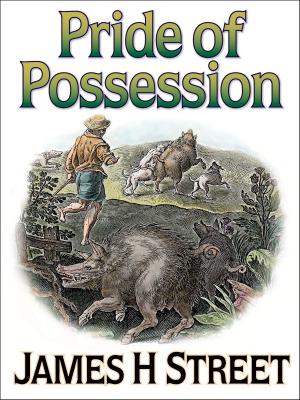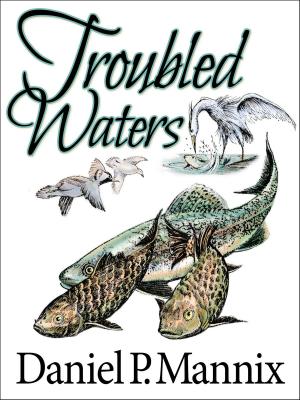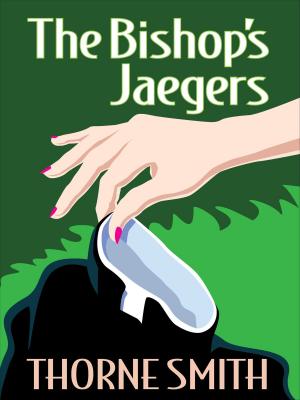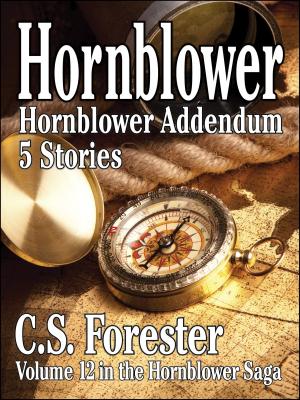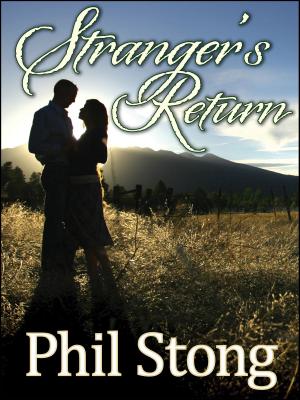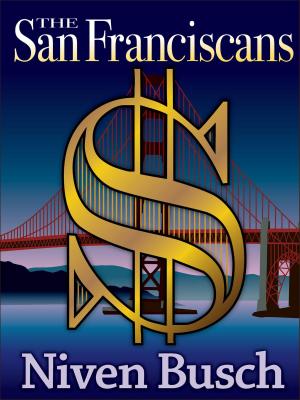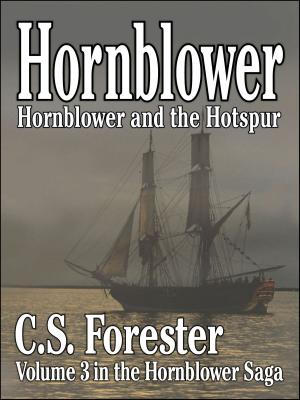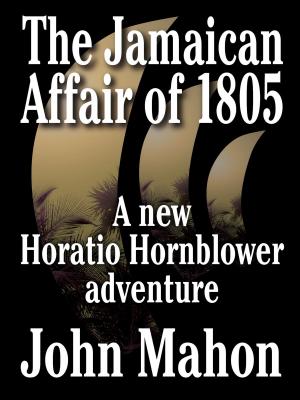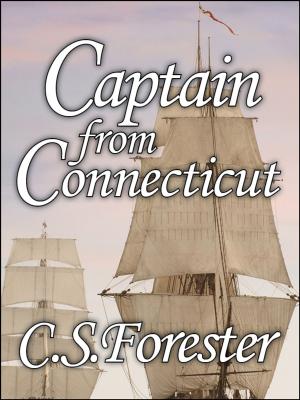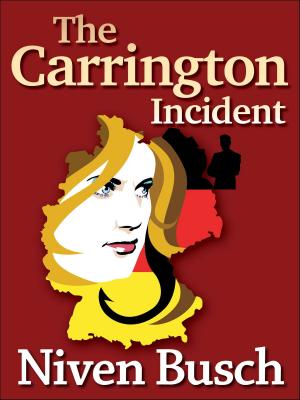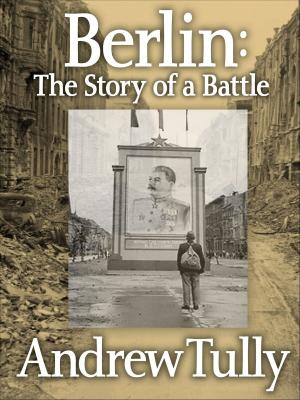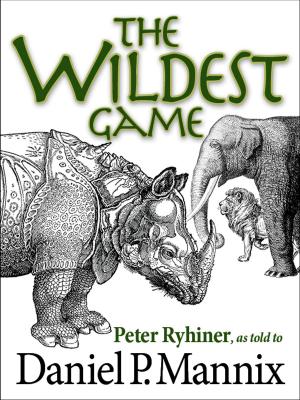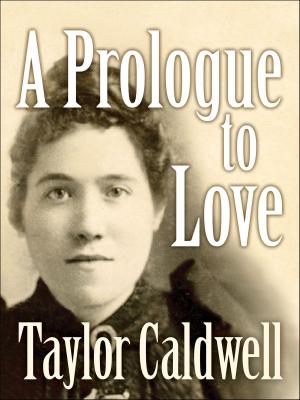| Author: | C. S. Forester | ISBN: | 9781618860736 |
| Publisher: | eNet Press Inc. | Publication: | July 23, 2015 |
| Imprint: | Language: | English |
| Author: | C. S. Forester |
| ISBN: | 9781618860736 |
| Publisher: | eNet Press Inc. |
| Publication: | July 23, 2015 |
| Imprint: | |
| Language: | English |
From 1807 until 1814, armies from Napoleon's empire fought the allied powers of Spain, Britain and Portugal for control of the Iberian Peninsula. The Penisular Wars or Guerra de la Independencia (“War of Independence”) contributed considerably to Napoleon’s eventual downfall; but until 1813 the conflict in Spain and Portugal, though costly, exercised only an indirect effect upon the progress of French affairs in central and eastern Europe.
From the drama of this brutal war of liberation, author C.S. Forester tells the story of a gun ― a remarkable cannon, an immense eighteen-pounder, used by local townspeople in the rebellion against the French until they are forced to hide it beneath a pile of stone to prevent its capture.
Years later, a group of guerrilleros learn about its location and seize it for their cause. The colossal gun, though highly valued, creates colossal challenges to those responsible for it’s transportation and defense. Over time the great gun falls under the control of a series of guerrilla leaders; each achieves strong leadership through his connection to the gun, and each is eventually captured and executed or killed in battle until the gun finally comes under the control of the 18-year-old Jorge, who emerges as an untrained but naturally gifted leader and tactician. The exploits of the Spanish irregulars under Jorge eventually lead to the diversion of a large body of French troops from their fight against the Peninsular allies and thus help win the war.
The Gun was made into a movie in 1957, titled The Pride and the Passion, starring Cary Grant, Sophia Loren and Frank Sinatra. It was also adapted for radio by Mike Walker in March 2011 and broadcast on BBC Radio Saturday Play program. *This work is in the public domain.
From 1807 until 1814, armies from Napoleon's empire fought the allied powers of Spain, Britain and Portugal for control of the Iberian Peninsula. The Penisular Wars or Guerra de la Independencia (“War of Independence”) contributed considerably to Napoleon’s eventual downfall; but until 1813 the conflict in Spain and Portugal, though costly, exercised only an indirect effect upon the progress of French affairs in central and eastern Europe.
From the drama of this brutal war of liberation, author C.S. Forester tells the story of a gun ― a remarkable cannon, an immense eighteen-pounder, used by local townspeople in the rebellion against the French until they are forced to hide it beneath a pile of stone to prevent its capture.
Years later, a group of guerrilleros learn about its location and seize it for their cause. The colossal gun, though highly valued, creates colossal challenges to those responsible for it’s transportation and defense. Over time the great gun falls under the control of a series of guerrilla leaders; each achieves strong leadership through his connection to the gun, and each is eventually captured and executed or killed in battle until the gun finally comes under the control of the 18-year-old Jorge, who emerges as an untrained but naturally gifted leader and tactician. The exploits of the Spanish irregulars under Jorge eventually lead to the diversion of a large body of French troops from their fight against the Peninsular allies and thus help win the war.
The Gun was made into a movie in 1957, titled The Pride and the Passion, starring Cary Grant, Sophia Loren and Frank Sinatra. It was also adapted for radio by Mike Walker in March 2011 and broadcast on BBC Radio Saturday Play program. *This work is in the public domain.

